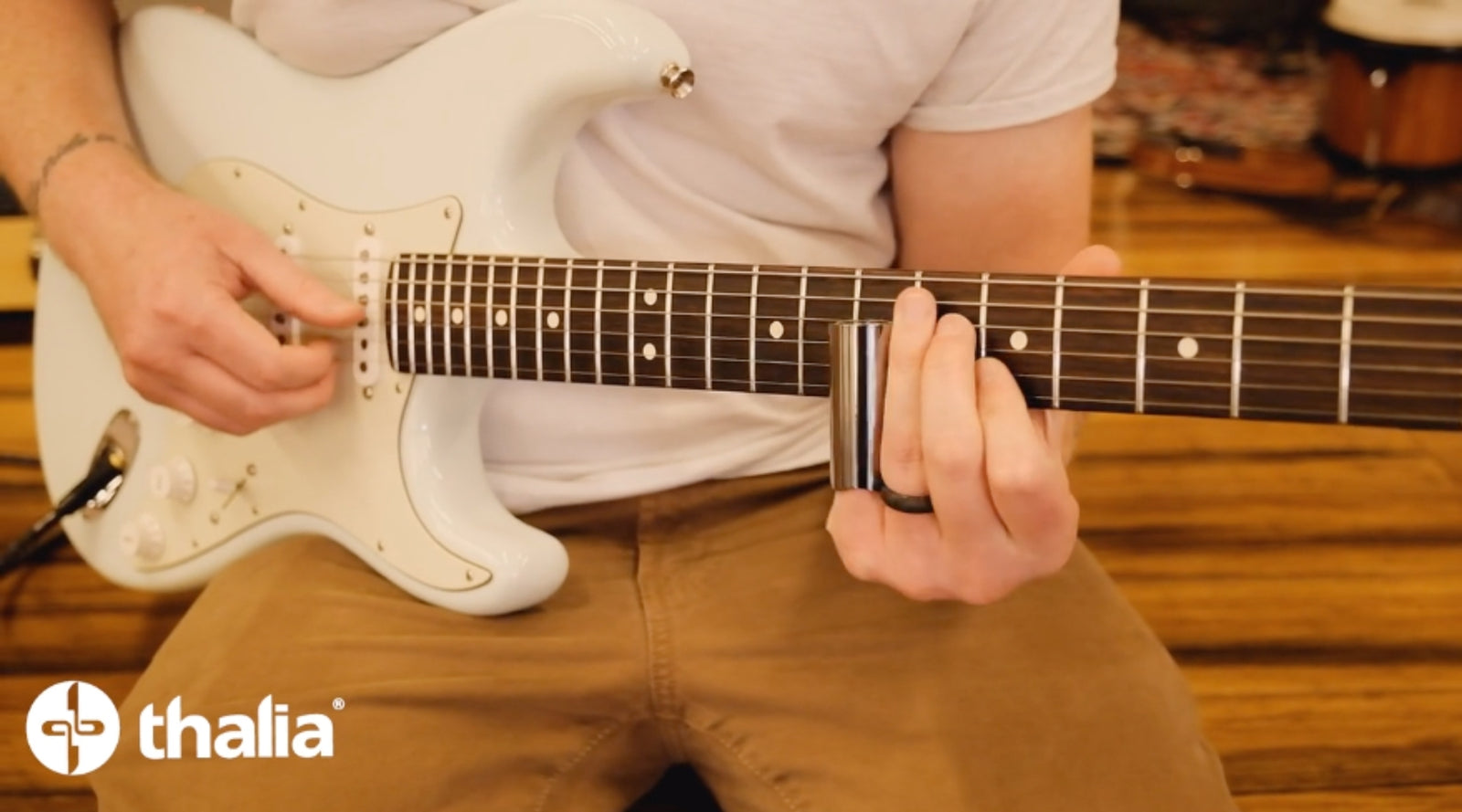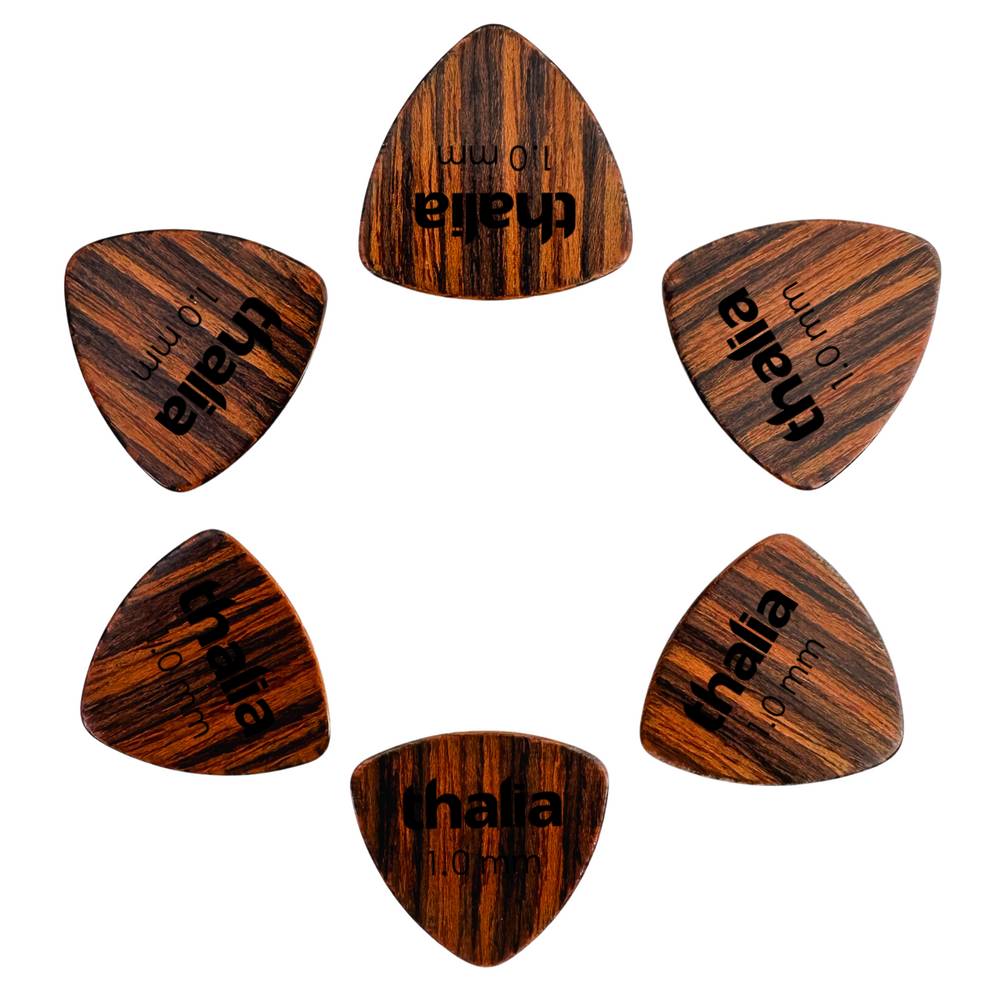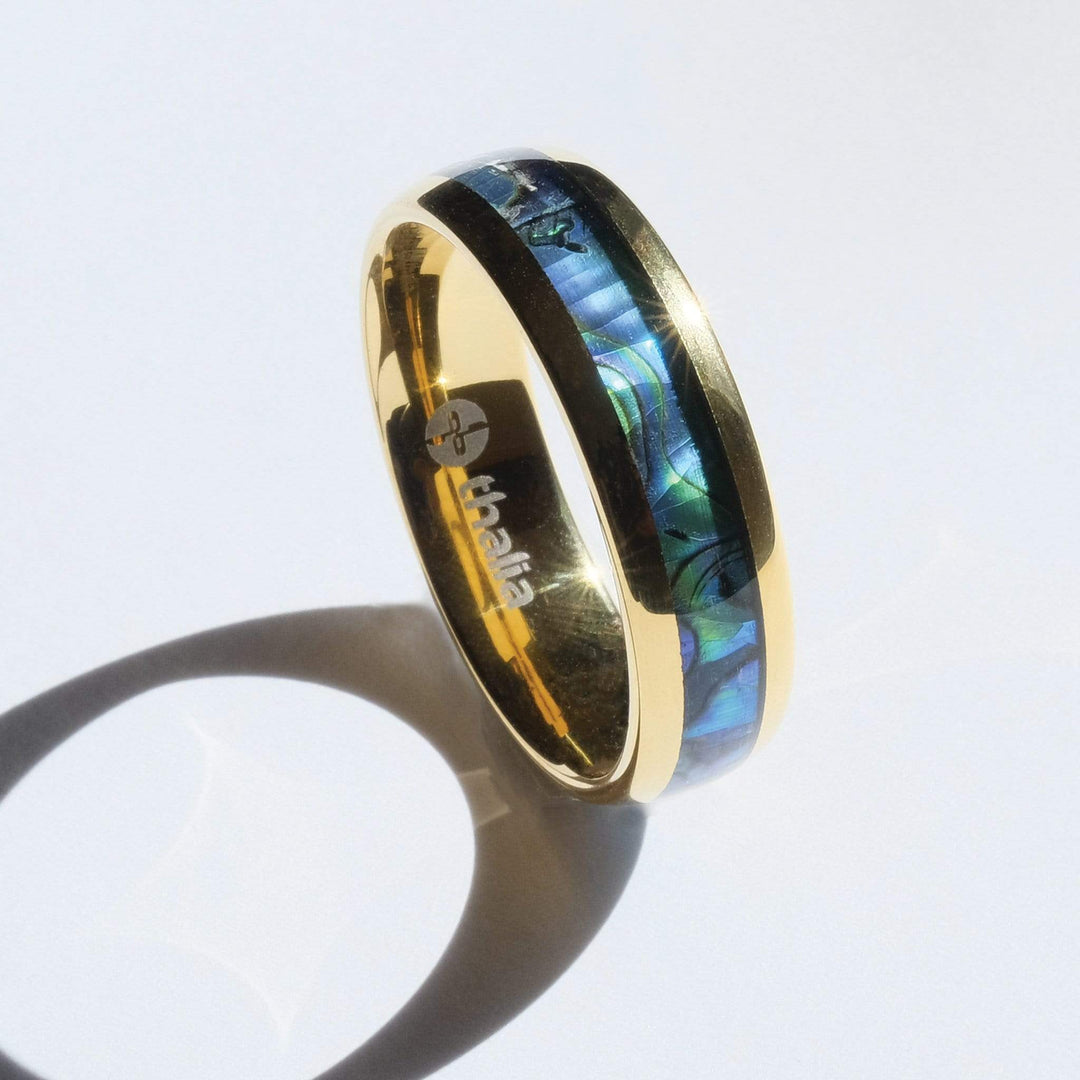Three Electrifying (and Electrified) Slide Performances You Need to Hear

Here at Thalia, we love slide guitar. There’s something so incredibly emotive about great slide playing, and, when used right, the effect it can have on a rock and roll record is absolutely transformative.
Case in point, here are three of our absolute favourite slide guitar performances on rock records, as well as the stories behind them.
The Allman Brothers: Statesboro Blues
The Allman Brothers’ Statesboro Blues isn’t just an undisputed guitar classic, it’s a masterclass in slide playing.
An electrified version of Blind Willie McTell’s 1928 original, the main inspiration for the Allmans’ take actually comes from Taj Mahal’s cover from his 1968 self-titled debut.
As the story goes, the Allmans’ version of the track came about after Gregg Allman gifted the self-titled Taj Mahal album to Duane for his birthday, along with a bottle of Coricidin pills (Duane had a cold that day). Inspired by the rendition of Statesboro Blues on the album, Duane, who had never played slide guitar before, washed the label from the Coricidin bottle, fashioned a makeshift slide from it, and taught himself how to play the track.
The Allmans’ version, which appeared on their seminal 1971 album “Live at Fillmore East” became an instant classic, and an enduring fan favourite. Back in 2008, Rolling Stone ranked it number 9 on their “100 Greatest Guitar Songs of All Time” list, noting that it featured "the moaning and squealing opening licks [that] have given fans chills at live shows."
Led Zeppelin: In My Time of Dying
Another blues staple given an eclectic makeover, Led Zeppelin’s In My Time of Dying has roots in the 1927 Blind Willie Johnson song Jesus Make Up My Dying Bed. Johnson’s rendition was recorded in open D tuning, while the use of a capo resulted in the pitch of E♭
On Zep’s 1975 rendition from their seminal Physical Graffiti album, Jimmy Page took the open tuning of Johnson’s version and ran with it, constructing a striking, brooding and often unhinged slide guitar part in open A. The result was Zeppelin’s longest track, and one of their enduring classics that captivates listeners to this day.
As Pitchfork’s Mark Richardson noted in his retrospective review of Physical Graffiti, “In My Time of Dying is Zeppelin's ultimate blues deconstruction, mixing the open-chord slide of acoustic Delta blues with electric heaviness and extending the whole thing past 11 minutes.”
Foghat: Slow Ride
As the only song on this list that isn’t a cover of a blues staple, Foghat’s barnstorming 1975 single Slow Ride is a bit of an anomaly. That said, the DNA of the delta is all over this one. As drummer Roger Earl once told Classic Rock:
“The rhythm was a John Lee Hooker riff that we sort of straightened out. It wasn’t copied, it was inspired. You only get in trouble if you steal people’s melodies and words, as Led Zeppelin did. We all loved John Lee Hooker. Without people like him, Elmore James and Robert Johnson our repertoire would be pretty lean.”
The track itself is probably best known as three-minute radio edit. But, if you want to get the most of its incendiary and unashamedly sleazy slide playing – provided by appropriately named lead guitarist Rod “The Bottle” Price – then it’s the 8+ minute album version that you need to seek out.
And for those of you looking for an easy and fun lesson using slide to play Slow Ride you should grab your slide and watch this:
What’s your favorite slide guitar moment of all time? Share your stories in the comments.






















